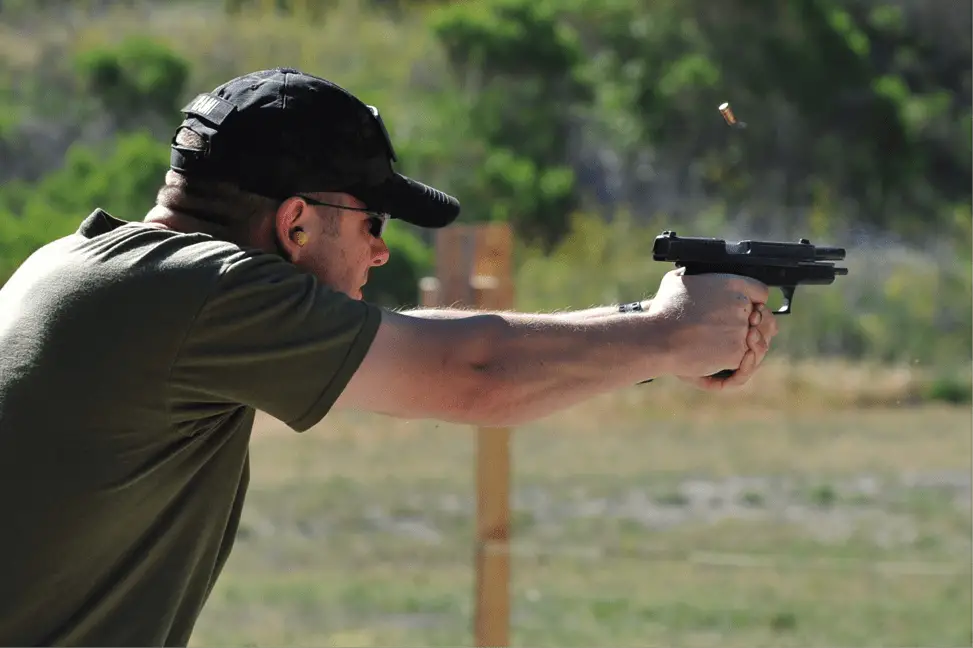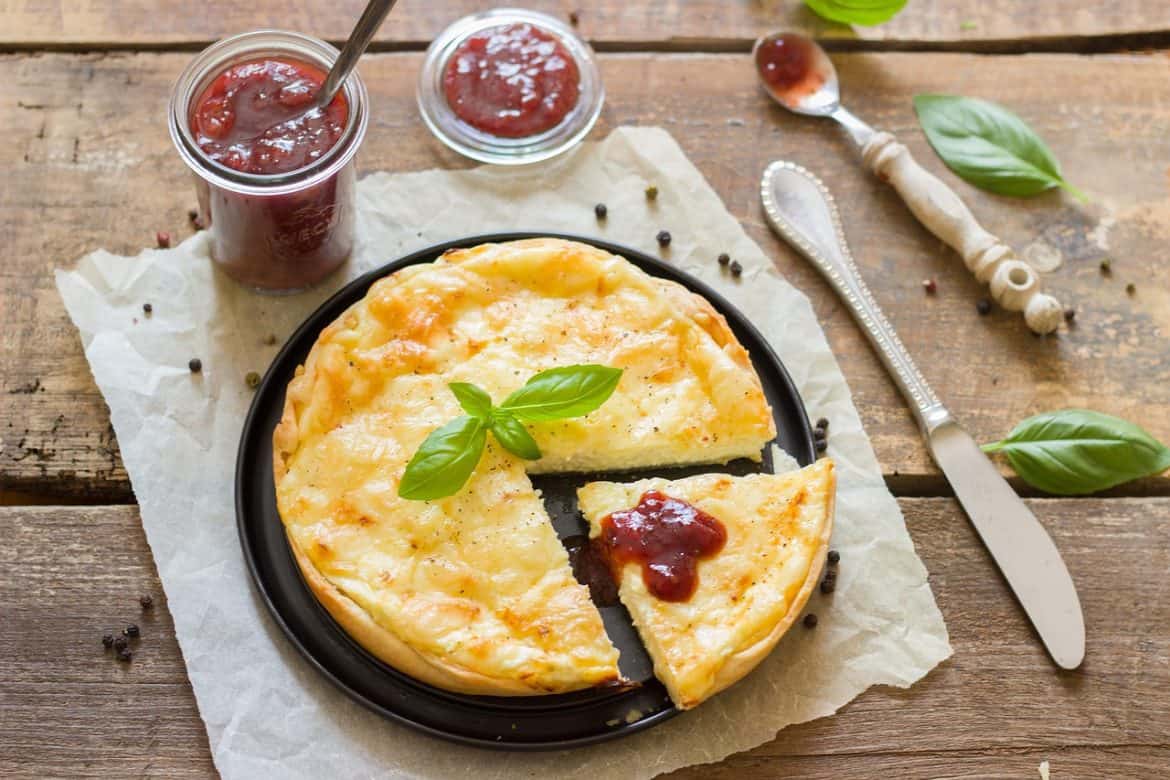The optics industry is working hard at creating well-performing products that will help both beginners and advanced shooters in improving their accuracy. However, the best scopes will dig a pretty big hole in your pocket, and with the cheap ones, it’s difficult to find a diamond in the rough. With this in mind, I decided […]
Month: September 2017
How to Wear a Boot Knife
A boot knife is great for survival and defense. Whether worn for protection or survival in the wilderness, boot knives or shoe knives prove themselves very useful in times of need. If you are thinking of carrying a knife in your boot, here is a simple tutorial on how to wear a boot knife. […]
How to Make a Month of Freezer Meals in One Day
Cooking in any sort of way has been my passion since the age of 9. My mother used to cook dinner on Fridays and Saturdays. Most of the time she complained how stressful it was for her to cook day-after-day after a hard day at work. A very-good neighbor shared to her the idea of […]
Top 20 Survival Skills a Kid Should Know
By nature, a child likes to play around, do things on their own, sometimes lousy and even think they are old enough. Because all children are different, they exhibit different types of capabilities and skills. Remember, children have great individual variations of temperament, development and behavior.Every prepper plans and strategize for disasters but an […]
Bullpups vs. Conventional Rifles: The Ultimate Debate
It’s an age-old question: are bullpups better than conventional rifles? Or is it visa versa? I have previously talked to a lot of friends about this, and many asked if I was more for bullpups or conventional rifles. To help readers determine the answer, I have included information on both and what my opinion is […]





